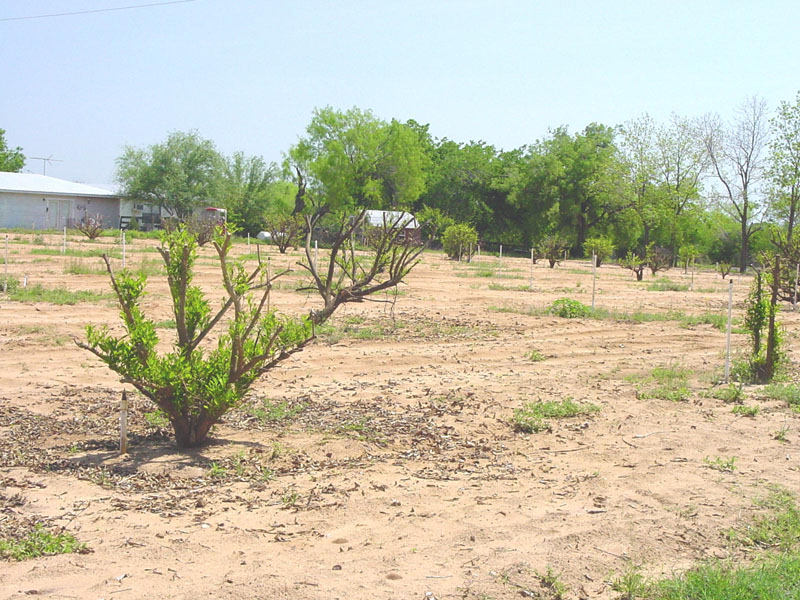Growing your own citrus in a permanent location is not without problems. A cold night after a mild fall can put all your efforts to an end very quickly.

If you decide to plant the satsuma in the ground, be sure to plant it near a house or in an area that has access to electricity so a space heater or a string of light bulbs can provide some supplemental heat during those unusually cold nights (below 25 degrees F.). The tree is normally 15 to 20 feet tall at maturity and can be kept even smaller by yearly pruning. If pruned yearly to keep the tree height below the eave of the house, a lean-to type structure can be made by draping plastic from the house eave to the ground. Then, supplement heat sources (light bulbs, space heaters, etc.) can be added. Understand that the more drastic the cold, the greater the amount of heat which must be furnished to keep the temperature inside the lean-to above 25 degrees F. Some folks thought that 4 light bulbs would keep plants warm in 6-degree F. weather. Now all these folks have left is a dead satsuma stick. (Remember that satsumas are grafted trees and the sprouts that come from the ground are not a “new” tree but merely the thorny rootstock-on which the citrus was grafted.)
Cold protection is necessary if a crop is expected every year since cold weather can defoliate trees without killing them, but there will more than likely be no fruit produced following such a defoliation. Plant protectors should avoid the danger of electrical shock when using any electrical equipment outdoors! In the home landscape, mandarins should be planted on the south or southeast side of the house for maximum protection from cold weather. Overhanging trees will provide additional cold protection but the competition for light, water and nutrients will reduce mandarin tree growth, production and fruit quality. Use of a grow cover material to prevent frost damage for short periods has been successful in San Antonio.
During a hard freeze (12 degrees F.) in 1983, some satsuma trees didn’t even lose a twig to cold. Of course, they were covered with plastic and had a portable electric heater under the foliage canopy. Some families may have been a bit cold, but the precious citrus was safe and warm!
Despite your best efforts, freeze damage does occur to citrus trees. The immediate urge is to begin cutting off the deadwood, but there is no effective way to determine the extent of deadwood immediately. While it may be unsightly in the residential landscape, delay pruning until May.
Citrus trees lose their leaves (and fruit) after a severe freeze, but they send out new growth in March. Much of this lush spring growth can then die back in April because of underlying damage to the wood and bark. Consequently, delay pruning until after the dieback has occurred.
Dead bark seems to shrink tightly around the limb while live bark keeps growing outward, creating a distinct ridge between the two. The ridge will be irregular around the limb. Scrape lightly across the ridge with a knife blade to delineate the green, live bark. Cut off the limb below the lowest limit of the dead bark so that live bark completely encircles the limb stub. Treatment of cut-off limb stubs with wound dressing or pruning paint is not necessary for proper healing.
A minimum of pruning will be required for citrus trees. Citrus has a tendency to form an apron around the trunk that helps to protect them from both cold and heat. To try to interfere with this by pruning the lower branches to make them look better will result in reducing the next year’s fruit crop as well as encouraging sucker growth. In Texas, mulching is beneficial in the summer months. Mulching will reduce the soil temperature and promote conservation of soil moisture. However, the mulch should be kept at least a foot away from the trunk of the tree to prevent a tree-killing disease known as foot rot.